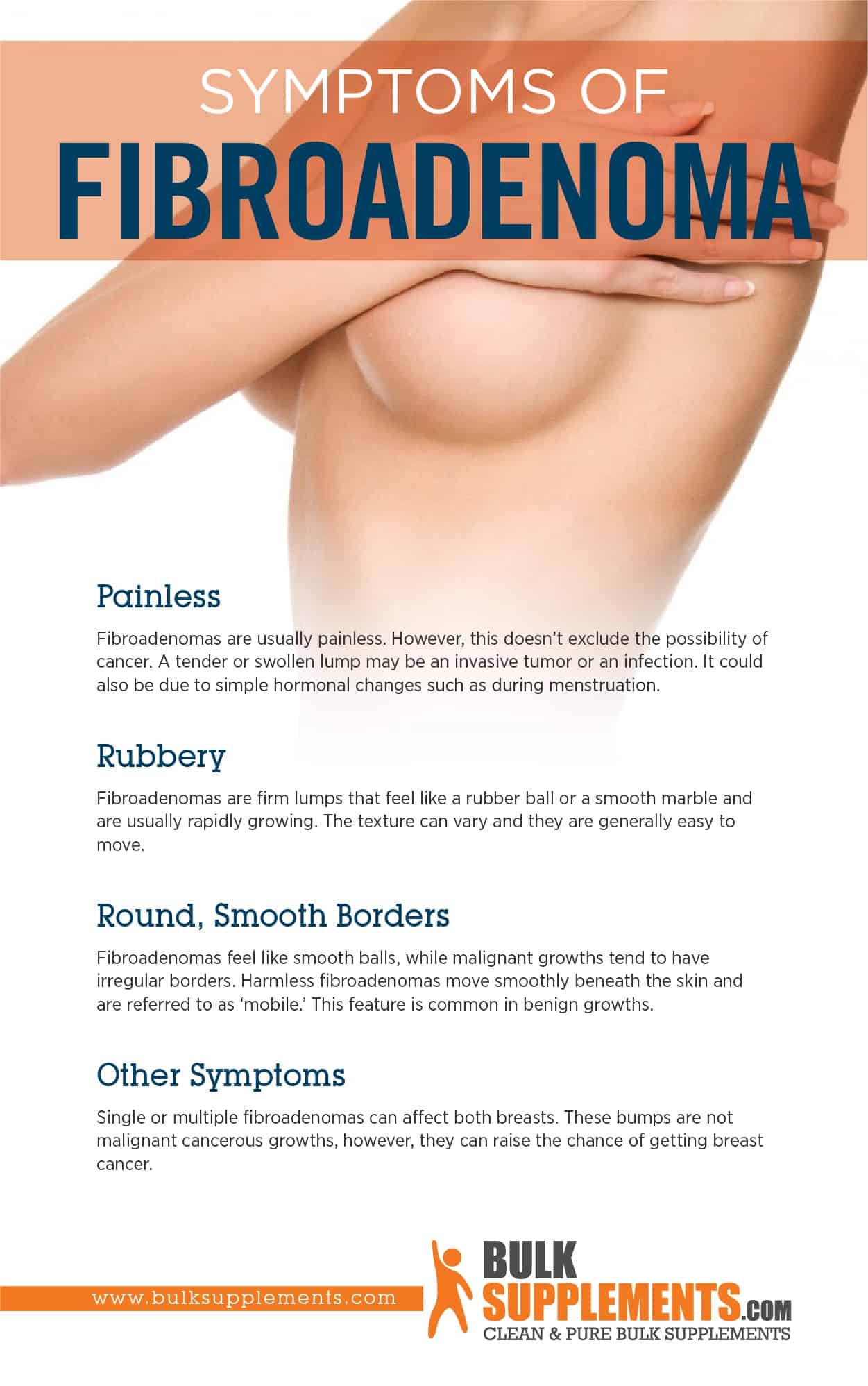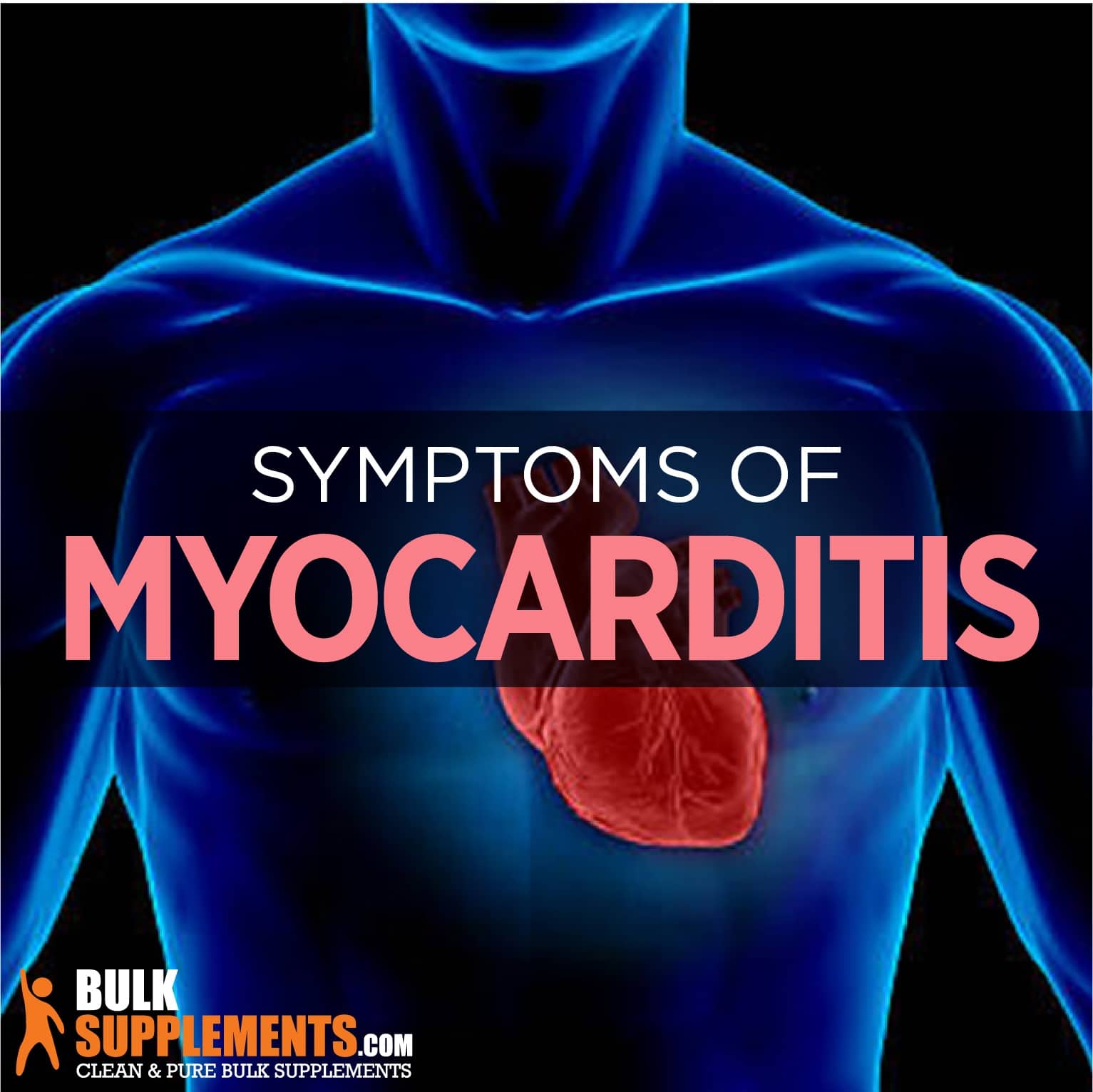Fibroadenomas: Characteristics, Causes & Treatment
by James Denlinger Digital Marketing StrategistFinding a lump in your breast can be scary. Nobody wants to hear the dreaded “C” word. But does every lump and bump mean there’s something sinister going on? Several things can cause lumps and not be anything dangerous at all. Like fibroadenomas, for example.
What are Fibroadenomas?
Fibroadenomas are breast lumps that are not cancerous. These rubbery, round lumps are quite common, especially in women in their childbearing years. They are made up of glandular and fibrous tissue that is usually present in the breast.
Finding something abnormal in your breast can raise some alarm. If you feel anxious or worried, your doctor can conduct tests to determine the nature of the lump.
Characteristics of Fibroadenomas
How would you know if you have a fibroadenoma? One way is to perform routine self-exams on your breasts so that you are aware when a new lump or bump appears. It’s impossible to know whether a new breast mass is malignant or benign without a biopsy. But there are some signs that point towards the bump being a fibroadenoma.
Painless
Fibroadenomas are usually painless. However, this doesn’t exclude the possibility of cancer. A tender or swollen lump may be an invasive tumor or an infection. It could also be due to simple hormonal changes such as during menstruation.
Rubbery
Fibroadenomas are firm lumps that feel like a rubber ball or a smooth marble and are usually rapidly growing. The texture can vary and they are generally easy to move.
Round, Smooth Borders
Fibroadenomas feel like smooth balls, while malignant growths tend to have irregular borders. Harmless fibroadenomas move smoothly beneath the skin and are referred to as ‘mobile.’ This feature is common in benign growths.
Other Symptoms
Single or multiple fibroadenomas can affect both breasts. These bumps are not malignant cancerous growths, however, they can raise the chance of getting breast cancer.
 PIN IT
PIN ITCauses of Fibroadenomas
The cause of fibroadenomas is unknown, but it is thought that hormones influence their growth. They usually occur in menstruating women, growing larger during pregnancy and smaller during menopause.
Fibroadenomas vs. Cancer
For most people, finding an unusual bump raises a red flag for cancer. But most of the time, we grow small lumps and bumps that are merely benign growths of healthy tissue. Fibroadenomas are benign growths of epithelial and connective tissue of a healthy breast and do not usually lead to cancer. Cancer cells, on the other hand, are rapidly dividing, abnormal types of cells that grow uncontrollably and invade the healthy breast tissue.
Types of Fibroadenomas
There are different types of fibroadenomas that are based on the size of the lump and the characteristics of the tissue inside. Certain kinds can put you at higher risk of developing breast cancer.
Complex Fibroadenomas
Complex fibroadenomas are fast-growing lumps that need to be diagnosed by examining a piece of the tissue under a microscope. These pose slightly higher risks of developing cancer.
Juvenile Fibroadenomas
Juvenile fibroadenomas tend to occur in women under the age of 18 and decrease in size over time.
Giant Fibroadenomas
As the name suggests, giant fibroadenomas are larger in size than other types and can grow to over 5 cm in diameter. They are not cancerous but need to be removed as they impede other parts of the breast.
Phyllodes Tumors
Phyllodes tumors are usually benign, however, may become cancerous. Due to this small risk, doctors will recommend removal.
Remedies and Supplements for Fibroadenomas
Fibroadenoma treatment involves surgical removal, either by surgically removing the growth or having a surgeon freeze it with a unique tool. Without surgical treatment, fibroadenomas do not reduce or disappear, however, they are benign growths and don’t usually lead to cancer. Still, it is crucial to monitor them carefully with your doctor.
While there isn’t a medication that can be taken to shrink fibroadenomas, there are several home therapies that help to promote breast health and prevent cancer.
Turmeric
Turmeric is a popular spice in middle-eastern cuisine and has been used as a cooking ingredient for centuries. Fragrant and delicious, this spice not only has flavorful properties, but medicinal ones too. Also known as curcumin, turmeric can help detoxify our bodies and fight inflammation (x). Not only does it help fight cancer, but it can also relieve pain from inflammatory diseases such as arthritis. The spice also helps prevent breast cancer and relieves pain from periodic breast tenderness with hormonal changes.
The recommended dosage of curcumin is 1,000 mg per day with food and water. Side effects are rare unless you exceed the maximum dose, but some people may get a stomach ache if they have a sensitive stomach. People who are allergic to ginger should avoid taking turmeric as they are closely related.
Pomegranate
Pomegranate is a fruit filled with sweetly tart seeds packed with a compound called polyphenols, which fight cancer. Research shows that drinking pomegranate juice decreases hormones related to developing breast cancer. Both the fruit itself, as well as the extract and juices, are thought to have anti-cancer properties.
Pomegranate can be eaten as a fruit, drunk in juice form, or taken as a supplement. The recommended dosage of pomegranate is 750 mg twice a day. Side effects are rare, but some people may experience nausea, diarrhea or stomach ache. On rare occasions, pomegranate extract can elevate blood pressure.
Walnuts
Walnuts are a healthy, energy-fueled snack that can protect you from breast cancer. Not only are they tasty, but they also contain proteins that fight toxins that damage our body and promote cancer. Studies found that protein fragments isolated from walnuts were able to prevent the growth of breast cancer cells in the laboratory. These extracts also prevent free radicals and act as potent antioxidants.
Another study found that people who ate more walnuts, peanuts and almonds had up to three times lower risk of developing breast cancer. Walnuts are a great source of other nutrients too, including healthy fats like omega-3, which promote heart health. There aren’t any risks known with consuming nuts unless you’re allergic to them and symptoms can include shortness of breath, tightening of the throat and a rash. It is essential to recognize an allergic reaction to nuts as these can potentially be fatal.
Blueberries
Blueberries are filled with antioxidants and help prevent breast cancer and promote breast health. The superfood works by reducing inflammation and neutralizing oxidative toxins that damage the cells. Blueberries are a healthy fruit, and a diet rich in fruits and veggies can decrease fibroadenomas.
Blueberries can be consumed in their natural form as a fruit or juice, or as an extract. The recommended dosage for blueberry extract is 800 mg once or twice a day with meals. There are no side effects with taking blueberry extract, however, they can lower blood pressure, so diabetes patients should consult their doctor before adding the fruit or supplement to their diet.
The Bottom Line
Fibroadenomas are growths of glandular tissue that can cause lumps in your breast. These lesions are not cancerous and are relatively common, especially in younger women. Treatment of fibroadenomas include surgery for removal, but that is usually unnecessary. Most fibroadenomas don’t increase your risk of cancer, and they don’t need to be removed unless they are causing pain. Fibroadenomas do not naturally disappear. However, there are several natural remedies and supplements that combat the growths, such as turmeric, pomegranate, walnuts and blueberries.
Sponsor Ads
Created on Mar 23rd 2020 15:47. Viewed 859 times.




